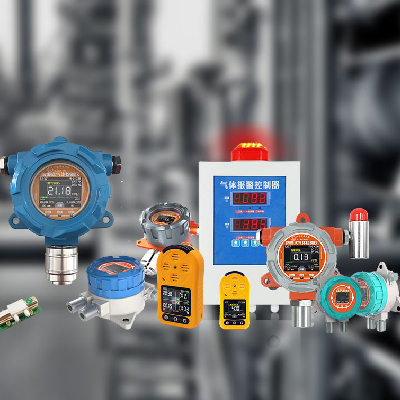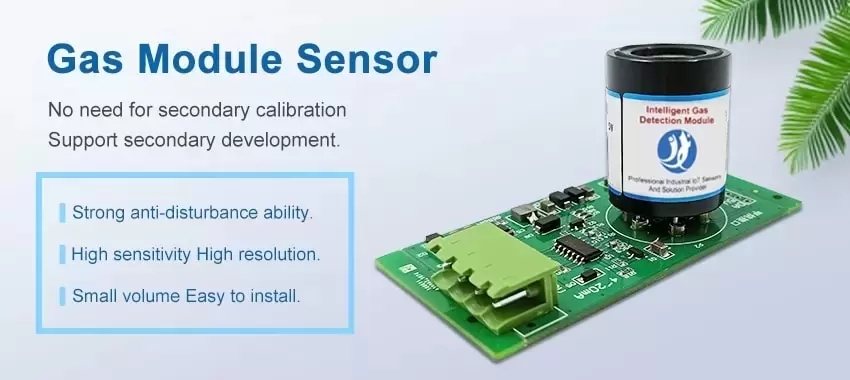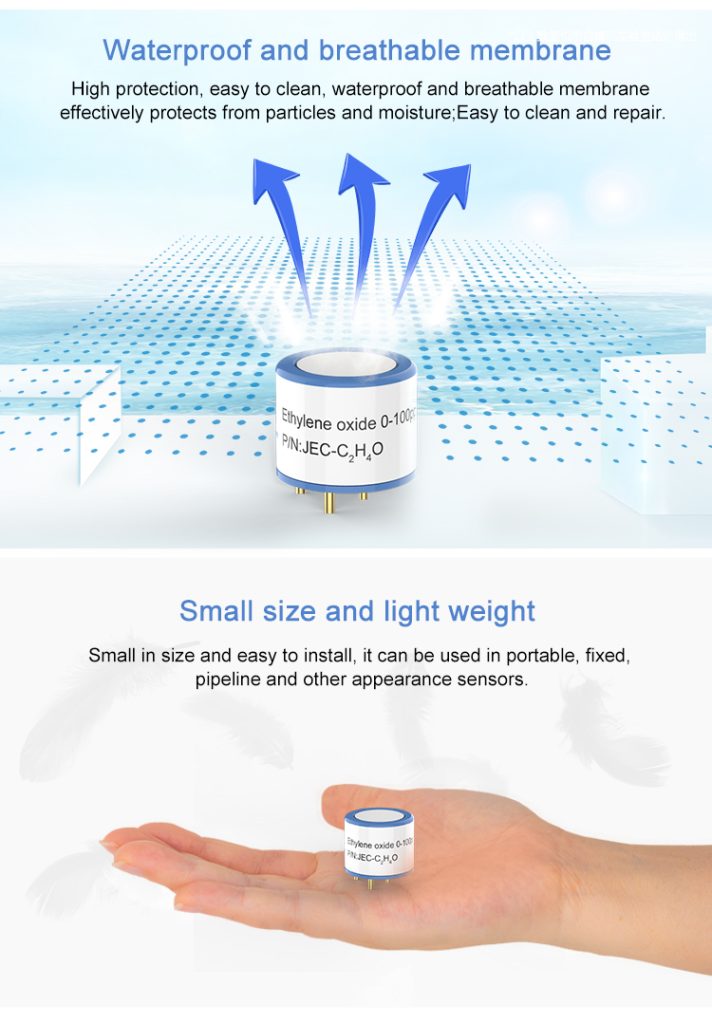An ethylene sensor works by detecting and measuring the concentration of ethylene gas in the surrounding environment. Ethylene is a natural plant hormone that plays a crucial role in the ripening and senescence (aging) of fruits, making it a key parameter to monitor in fruit ripening facilities and storage environments.
There are several types of ethylene gas sensors, each employing different technologies to detect ethylene gas. The most common types of ethylene sensors include:

Type of ethylene sensor

- Electrochemical Sensors: These sensors utilize a chemical reaction between ethylene and an electrode to generate an electrical signal proportional to the concentration of ethylene in the air. The signal is then converted into a measurable output, typically in parts per million (ppm) or parts per billion (ppb).
- Infrared (IR) Spectroscopy Sensors: IR sensors measure the absorption of infrared light by ethylene molecules, allowing for the quantification of ethylene concentrations based on the intensity of the absorbed light. This technology is highly selective and sensitive to ethylene, making it suitable for accurate gas detection.
- Photoionization Detectors (PID): PID sensors work by ionizing gas molecules when exposed to ultraviolet light, producing a measurable current that is proportional to the concentration of ethylene in the air. PID sensors are known for their rapid response time and high sensitivity to a wide range of volatile organic compounds, including ethylene.

Once the ethylene sensor detects the presence of ethylene gas, it provides real-time data on ethylene concentrations, enabling users to monitor and control the ripening process. This information is critical for optimizing ripening protocols, preventing over-ripening or premature ripening, and extending the shelf life of fruits.
In addition to detecting ethylene gas, some advanced ethylene sensors may also feature wireless connectivity, data logging capabilities, and integration with automated ripening control systems, allowing for remote monitoring, data analysis, and precise management of ripening environments.
Overall, ethylene sensors play a vital role in fruit ripening operations by providing accurate and reliable measurements of ethylene gas levels, thereby facilitating the creation of optimal ripening conditions and helping to ensure the consistent production of high-quality, ripe fruits.
